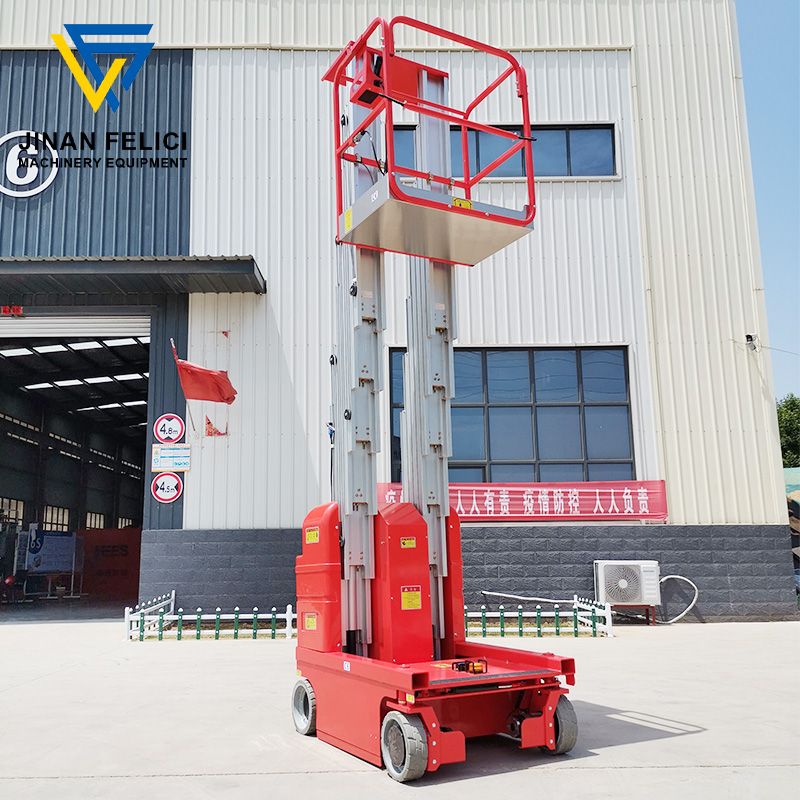Understanding the Difference Between AWP and EWP
Introduction
In the world of construction and building projects, there are numerous terminologies and abbreviations that can be quite confusing for the uninitiated. Two such terms that are often used interchangeably but hold distinct meanings are AWP and EWP. In this article, we will delve into the details of these two concepts, highlighting their differences and helping you gain a comprehensive understanding of each.
What is AWP?
AWP stands for Aerial Work Platform, also commonly referred to as a "man lift" or "cherry picker." AWP is a specialized piece of equipment designed to provide temporary access to elevated areas. It typically consists of a platform or bucket that is elevated by hydraulic or mechanical means, allowing workers to reach heights that would otherwise be challenging or dangerous.
AWPs come in various forms, including scissor lifts, boom lifts, and personnel lifts, each tailored to specific job requirements. They are widely used in construction, maintenance, painting, and other industries where working at heights is necessary.
Understanding EWP
On the other hand, EWP stands for Elevating Work Platform. While it might sound similar to AWP, EWP has a broader definition that encompasses a wider range of equipment. EWP refers to any machinery, device, or vehicle used to provide temporary access to elevated areas, including AWP as a subset.
EWP encompasses a diverse array of equipment, such as scissor lifts, boom lifts, mast climbers, and more. It includes both self-propelled and towable units, offering versatility in terms of functionality and maneuverability. EWP is utilized in various sectors, including construction, maintenance, industrial work, and even emergency services.

Key Differences between AWP and EWP
Now that we have a basic understanding of AWP and EWP, let's explore the key differences between these two concepts:
1. Terminology
The primary distinction lies in the terminology itself. AWP specifically refers to aerial work platforms and is often used in North America, while EWP is a broader term used globally to encompass all types of elevating work platforms.
2. Scope of Equipment
AWP is a subset of EWP. While AWP focuses on platforms designed for aerial work, EWP encompasses a wider range of equipment beyond just platforms. EWP includes various lifting devices, access systems, and machinery that provide temporary access to elevated areas.
3. Design and Functionality
Construction AWPs are typically designed with a specific purpose in mind, such as reaching high heights or navigating tight spaces. They come in different configurations, such as scissor lifts that move vertically or boom lifts that offer both vertical and horizontal reach. EWP, on the other hand, encompasses a more extensive range of equipment, including both self-propelled and towable units, with varying functionalities and designs.
4. Regional Variations
As mentioned earlier, AWP is a term more commonly used in North America, while EWP has global recognition. This regional variation in terminology is essential to understand when working with international partners or seeking information from different sources.
Conclusion
In conclusion, while AWP and EWP are related concepts associated with temporary access to elevated areas, they have distinct differences. AWP specifically refers to aerial work platforms, while EWP encompasses a broader range of equipment used for the same purpose. Understanding these differences can help professionals in the construction and maintenance industries choose the appropriate equipment for their specific needs.
Next time you come across the terms AWP and EWP, you can confidently differentiate between the two and understand their respective applications in the construction and maintenance sectors.


